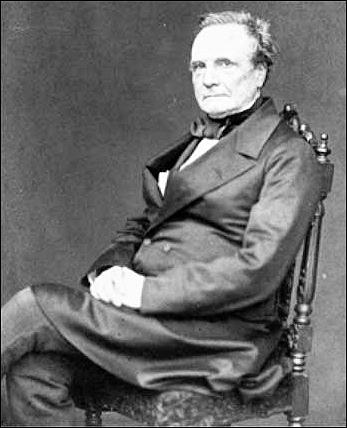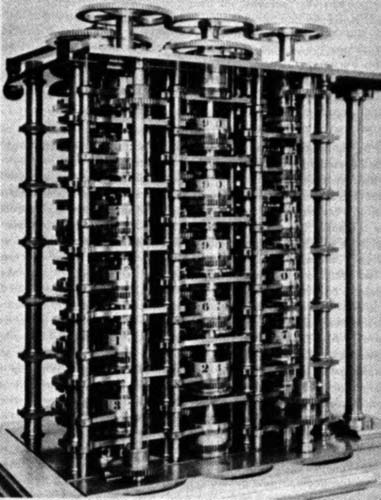Reinventing Babbage
By Peter LloydA long time ago a man named Charles Babbage conceived something like a computer. I say “something like,” because what we call a computer today looks and works much differently than what Babbage had in mind. Although it’s not precisely clear what Babbage had in mind in the 1830s. It looks as if we might find out sooner than later, though, if a certain creative inventor has his way.
 Today the truck-sized, brass-and-iron Babbage Analytical Engine, never constructed, lives only as Babbage’s notes and blueprints. The program that would drive it came from Augusta Ada King, Countess of Lovelace, recognized as the world’s first programmer. But the Analytical Engine never booted up.
Today the truck-sized, brass-and-iron Babbage Analytical Engine, never constructed, lives only as Babbage’s notes and blueprints. The program that would drive it came from Augusta Ada King, Countess of Lovelace, recognized as the world’s first programmer. But the Analytical Engine never booted up.According to what we know, it might have been driven by something like a music box. Babbage planned to install programs on studded cylinders. He called them barrels. Data would have been read from the barrels and stored in a hundred locations designed to hold in all a little less than 2kb. You can read a more precise description of Babbage’s plans in The 100-year Leap.
Now a group of British researchers, including a programmer and a museum curator, want to spend the next ten years and a few million to build a crowdsourced replica of the Babbage Analytical Engine. If that’s not crazy enough, you should know that you can help. Yes, they welcome financial contributions, but the project team, led by John Graham-Cumming, is enlisting the public to contribute ideas as well.
Nearly 2k folks have promised money or creative help already. They need more like 50k supporters to boot up the replica. Can they do it? John says, “Last year I got over 30,000 in the UK alone to sign the Alan Turing petition. This campaign is global and so I am confident that with the right exposure in the media and the help of enthusiastic people over 50,000 will pledge.”
 But what’s the point? Why would anyone want to go to such pain just to rebuild what has no practical application? Even if it works, it won’t approach the speed or power of a shadow of today’s hand-held computing devices. The New York Times quotes a John Graham-Cumming explanation: “I hope that future generations of scientists will stand before the completed Analytical Engine, think of Babbage and be inspired to work on their own 100-year leaps.”
But what’s the point? Why would anyone want to go to such pain just to rebuild what has no practical application? Even if it works, it won’t approach the speed or power of a shadow of today’s hand-held computing devices. The New York Times quotes a John Graham-Cumming explanation: “I hope that future generations of scientists will stand before the completed Analytical Engine, think of Babbage and be inspired to work on their own 100-year leaps.”On a blog post Graham-Cumming elaborates. “It might seem a folly to want to build a gigantic, relatively puny computer at great expense 170 years after its invention. But the message of a completed Analytical Engine is very clear: it’s possible to be 100 years ahead of your own time. With support, this type of “blue skies” thinking can result in fantastic changes to the lives of everyone. Just think of the impact of the computer and ask yourself how different the Victorian world would have been with Babbage Engines at its disposal.”
See also:
- The 100-year Leap by John Graham-Cumming, O'Reilly Radar
- It Started Digital Wheels Turning by John Markoff, New York Times
- Campaign builds to construct Babbage Analytical Engine by Jonathan Fildes, BBC News
